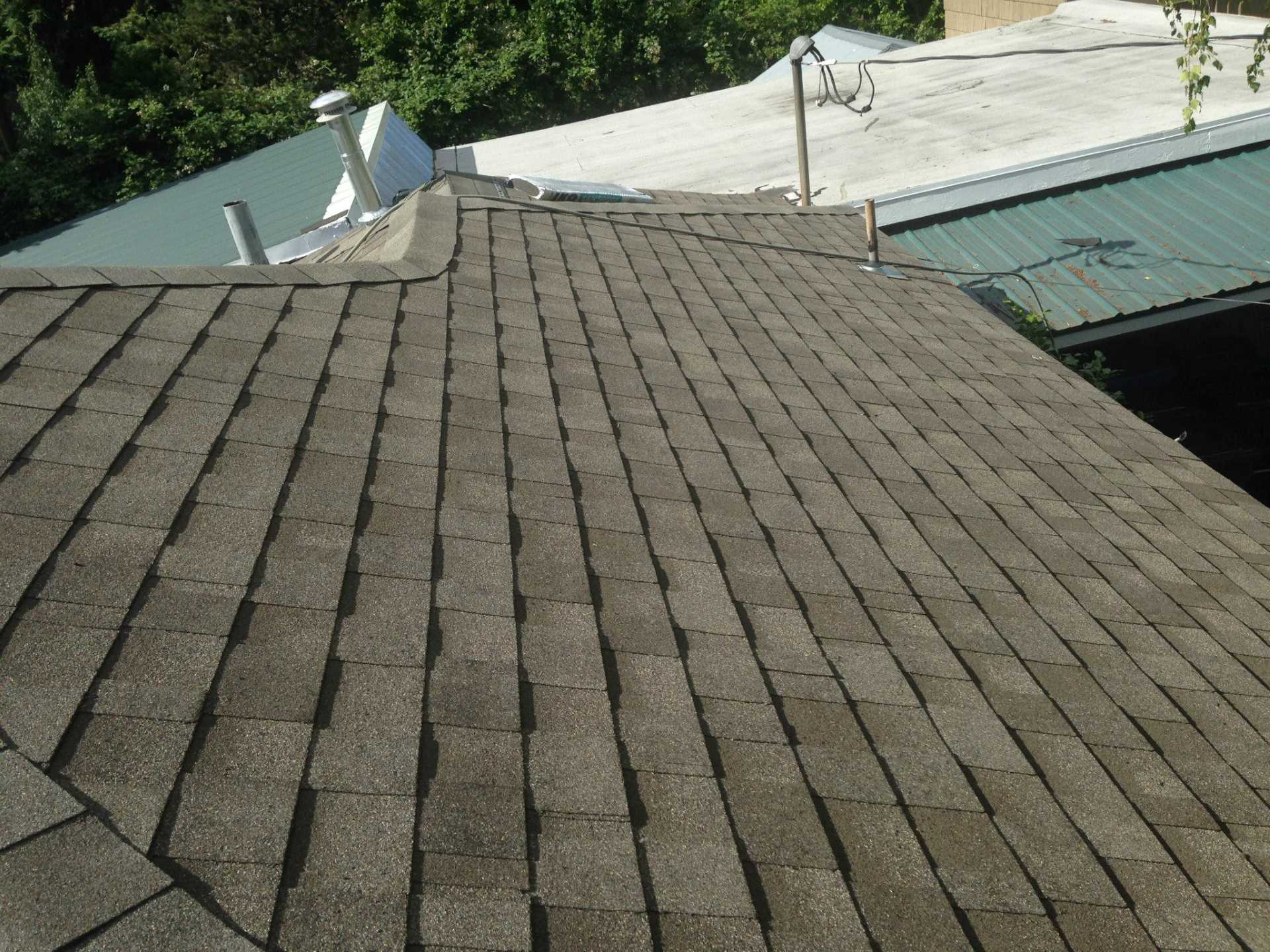The Importance of Roof Ventilation in Hot Weather
When summer hits Salem, OR, homeowners often focus on insulation and air conditioning—but roof ventilation plays just as crucial a role. Without proper airflow in your attic and roofing system, hot air becomes trapped, causing your cooling system to work overtime. At Advanced Roofing Technologies Inc., we’ve seen firsthand how effective roof ventilation can drastically improve indoor comfort and reduce utility bills.
What Is Roof Ventilation?
Roof ventilation is the system of intake and exhaust vents that allow air to move freely through your attic space. Typically, intake vents are placed at the soffits (under the eaves), while exhaust vents are installed near the ridge or top of the roof. This design promotes a natural upward airflow that removes hot air and moisture from your attic.
In Salem, where summer temperatures often spike, having proper ventilation is not just a luxury—it’s a necessity for long-term roof performance and energy efficiency.
How Poor Ventilation Impacts Cooling Costs
Without a way for hot air to escape, your attic can easily reach temperatures exceeding 140°F. That heat radiates downward into your living space, forcing your air conditioning to work harder and run longer. This not only drives up your energy bill but also increases wear and tear on your HVAC system.
Proper roof ventilation helps:
- Keep attic temperatures closer to the outside air
- Reduce the load on your cooling system
- Prevent heat buildup that can damage roofing materials
- Extend the lifespan of shingles and insulation
Roof Ventilation and Energy Efficiency in Salem, OR
Homeowners in the Pacific Northwest may assume roof ventilation isn’t as critical here as it is in hotter climates. However, summer heatwaves are becoming more common in Oregon, and the benefits of proper ventilation are becoming increasingly relevant.
By maintaining a well-ventilated attic, Salem residents can enjoy:
- Lower monthly utility bills
- Improved indoor air quality
- Longer-lasting roof materials
- Reduced risk of mold and moisture buildup
Signs Your Roof May Not Be Ventilated Properly
If your home doesn’t have the right balance of intake and exhaust vents, you may start noticing issues. Here are common warning signs:
- Your upstairs rooms feel hotter than the rest of the house
- High energy bills during summer
- Excessive attic heat or moisture
- Mold or mildew near attic insulation
- Premature roof aging or shingle curling
If any of these sound familiar, it might be time to call Advanced Roofing Technologies Inc. for a ventilation inspection.
Best Types of Roof Ventilation
There are several types of roof vents that can help improve airflow in your attic. The most effective solutions depend on your roof structure and local climate. Some of the most common ventilation systems include:
- Ridge vents – Installed along the peak of the roof, allowing hot air to escape evenly across the top
- Soffit vents – Located under the eaves to draw in fresh air from outside
- Gable vents – Placed at the ends of the attic for cross ventilation
- Powered attic fans – Mechanically push out hot air, especially useful in homes with limited passive airflow
We recommend having a roofing professional evaluate your home to determine the best combination of vents for your specific setup.
Can Roof Ventilation Help in the Winter Too?
Yes—roof ventilation provides year-round benefits. In the winter, it helps prevent condensation and ice dams caused by warm attic air meeting cold roof surfaces. So while summer cooling savings are a big plus, the long-term structural protection is equally valuable.
Partner with a Local Expert
At Advanced Roofing Technologies Inc., we serve homeowners throughout Salem, OR, with expert roof ventilation solutions tailored to our unique Pacific Northwest climate. Whether you need to add new vents, replace outdated systems, or inspect your current ventilation setup, we’re here to help.
Explore our services at our home page, and schedule a consultation today. A cooler, more efficient summer is just a phone call away.





